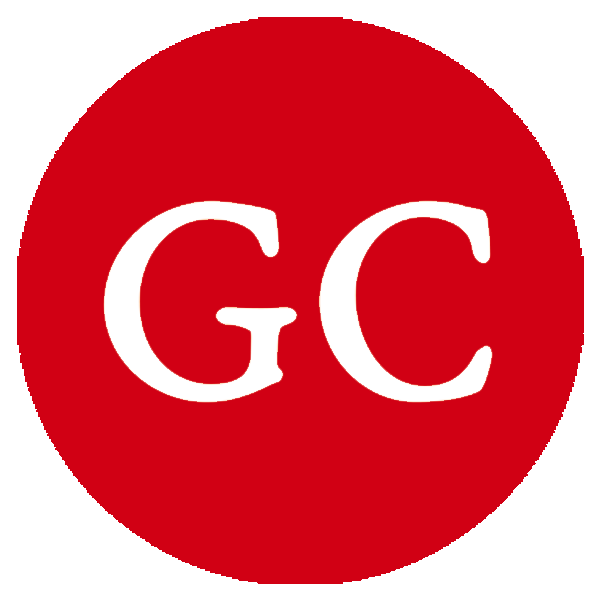According to the recent market research by Meticulous Research, the IoT sensors market is projected to reach $71.6 billion by 2031, at a CAGR of 23.9% during the forecast period 2024–2031. Also, in terms of volume, the IoT sensors market is projected to reach 5,93,79,81,126 units by 2031, at a CAGR of 25.2% during the forecast period 2024–2031.
IoT sensors are devices that collect data from the physical world and transmit it to other devices or systems over the internet or a network. These sensors are a crucial component of IoT technology that gathers data such as temperature, humidity, motion, light, pressure, and distance, among others. IoT sensors are used in a wide range of applications, such as smart homes, industrial automation, smart cities, agriculture, environmental monitoring, healthcare, energy management, logistics, retail, and transportation.
Organizations are increasingly adopting IoT sensors for various applications such as monitoring, tracking, asset management, maintenance, and safety. As technology continues to advance, new and innovative uses for IoT sensors are emerging to increase efficiency and sustainability and improve quality of life across various domains. Factors such as the advent of Industry 4.0, increasing government initiatives for the adoption of IoT devices, and incorporation of IoT sensors in smart cities are further supporting the growth of the IoT sensor market.
The IoT sensors market is segmented into humidity sensors, temperature sensors, proximity sensors, pressure sensors, image sensors, gas sensors, level sensors, accelerometer sensors, flow sensors, biosensors, RFID sensors, optical sensors, and other IoT sensors. In 2024, the image sensors segment is expected to account for the largest share of 16.4% of the IoT sensors market. The large market share of this segment is attributed to the rising demand for image sensors in mobile devices and increasing developments by market players in this market.
The global IoT sensors market is segmented into North America, Europe, Asia-Pacific, Latin America, and the Middle East & Africa. In 2024, Asia-Pacific is expected to account for the largest share of 41.3% of the IoT sensors market. The Asia-Pacific IoT sensors market is estimated to be worth USD 6.6 billion in 2024. The large market share of this segment is attributed to the surging demand for smart sensor-enabled wearable devices, growing technological advancements in industrial sensors, increasing adoption of industrial robots, the advent of Industry 4.0, and increasing adoption of IoT devices in the manufacturing and healthcare industries.
The IoT sensors market is segmented into wired technology and wireless technology. In 2024, the wireless technology segment is expected to account for the larger share of 82.5% of the IoT sensors market. The large market share of this segment is attributed to the increasing use of wireless sensor networks for various applications and the increasing adoption of IoT devices across various sectors. Wireless sensor networks are utilized across various sectors to measure environmental conditions such as temperature, sound, pollution levels, humidity, wind speed and direction, and pressure. Wireless sensors are preferred over wired sensors as they are more cost-effective to install and easier to maintain.
The global IoT sensors market is segmented into agriculture, manufacturing, retail, energy & utilities, oil & gas, transportation & logistics, healthcare, consumer electronics, and other sectors. In 2024, the manufacturing segment is expected to account for the largest share of 27.4% of the IoT sensors market. The large market share of this segment is attributed to the supportive government initiatives aimed at promoting the adoption of IoT devices in manufacturing, the rising adoption of smart manufacturing across developing countries, and the increasing number of smart factories. For instance, in March 2023, the Government of India launched IoT sensor-based products, including a Smart Digital thermometer, IoT enabled Environmental Monitoring System, and a Multichannel data Acquisition System to boost electronic manufacturing in the country.
However, the healthcare segment is projected to register the highest CAGR during the forecast period.





